Charles Zembillas is still waiting for credit where it’s due. The veteran animator cut his teeth on the likes of He-Man And The Masters Of The Universe and She-Ra: Princess Of Power before designing several of the most iconic video game mascots of all time: Crash Bandicoot, Spyro the Dragon, Jak and Daxter. As the man behind such gaming royalty, there’s a good chance his work played a significant role in your childhood—and an even greater chance you’ve never heard his name before now.
Zembillas calls himself “a real firebrand,” and it’s clear that he’s speaking from the heart. He’s immensely proud of what he’s created, but there’s definitely a bit of anger that games never quite gave him back what he put into them. It’s not a question of financial return; money rarely came up, and Zembillas continues to make a living off animation through the Animation Academy in Burbank, California, of which Zembillas is the founder, president, and lead instructor.
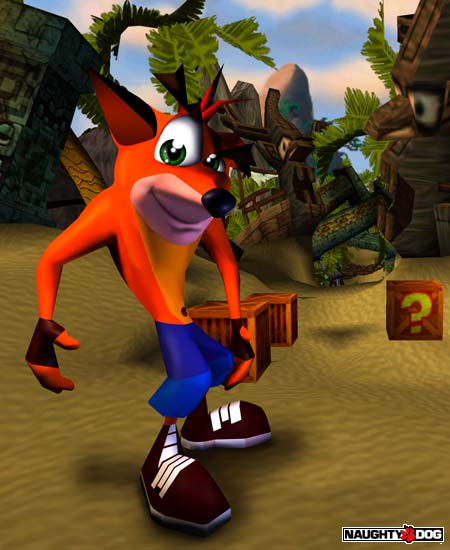
Credit: Naughty Dog
Instead, it’s emotional returns. Crash Bandicoot bookended his career in the gaming industry, starting with the first Crash Bandicoot and ending with Crash Nitro Kart in 2002. “At the time that Crash came along, it was a real low period in my career. I don’t want to get into it too much, but I was trying to do independent projects and stuff, and was just getting my nose bloodied by all of the scoundrels in this town. You have no idea how bad it can be. So I was trying to rise up from these extremely bad experiences that I was having,” Zembillas says. Video games offered him a bit of a lifeline, though things eventually soured there, too.
After the launch of Jak & Daxter, he admits, he sent a less-than-cordial email to some of the Naughty Dog crew. “I’m sorry that I did it, but it was this very angry email. It said, ‘If you see me walking down the street, go to the other side. Cross the street, or I’ll call you a liar to your face.’ I don’t know if I should’ve done it, I should’ve been cool, but I put a lot of effort into it, and the game comes out and I’m down for ‘Additional Character Design.’ What are you talking about, ‘Additional Character Design’!? I did everything!”
To understand where it all went wrong, we need to go back to the beginning.
Crash Bandicoot was the first game ever to hire a dedicated outside character designer, at least according to Zembillas. “At the time, ‘video games’ wasn’t even a genre that existed [for character designers]. The A-list artists did feature films, the B-list did TV, and the C-listers did direct-to-video or commercials,” he says.
While Naughty Dog wanted to challenge Nintendo’s iconic characters and Sony had eyes on establishing Crash as PlayStation’s de facto mascot, Zembillas wasn’t some legend in the field specifically headhunted to make those dreams a reality. Instead, he was just an artist with a decent resume, a little bit down on his luck and willing to do something most artists of his era wouldn’t have even considered: work on a video game. “If you were working in video games, you had to be a really bottom of the barrel type artist,” Zembillas says.
Starting, as he does so often, with the theme of credit, he stresses the importance of Joe Pearson—“an idea machine”—and David Siller—“such a creative mentality”—in the creation of Crash. “I tell you, Joe Pearson’s the one who made Crash Bandicoot. As far as just the whole idea, he’d go back and forth with Jason Rubin and Andy Gavin at Naughty Dog,” Zembillas says. “We were the first people to put pencil to paper at Naughty Dog. They were gravitating towards Joe’s ideas, but Joe’s not a character designer, so he was coming up with these really crude sketches.”
Zembillas says he’s the one who transformed Pearson’s sketches into the bandicoot who eventually hit the big time. “Anyone can sketch out a character, but it has to work and adapt to the medium. It has to have appeal and a personality. That’s what I did,” he says. “I came along when his whole body was just a mouth, you know? But how would the mouth look if it’s pouting? He didn’t have a neck so he couldn’t look around, and that’s the sort of stuff I was doing. I gave him that wacky personality, and eventually we developed the final model.”
For all the success Crash enjoyed, Zembillas felt underappreciated. “Myself and Joe Pearson, and you could throw in David Siller too, we created Crash Bandicoot from the ground up. And when the press was coming out about it, we were completely misrepresented with what we did. We created Crash Bandicoot and they made it seem as if we just came along after the fact to kind of tweak it. Which was a complete lie, and it was really troubling.”
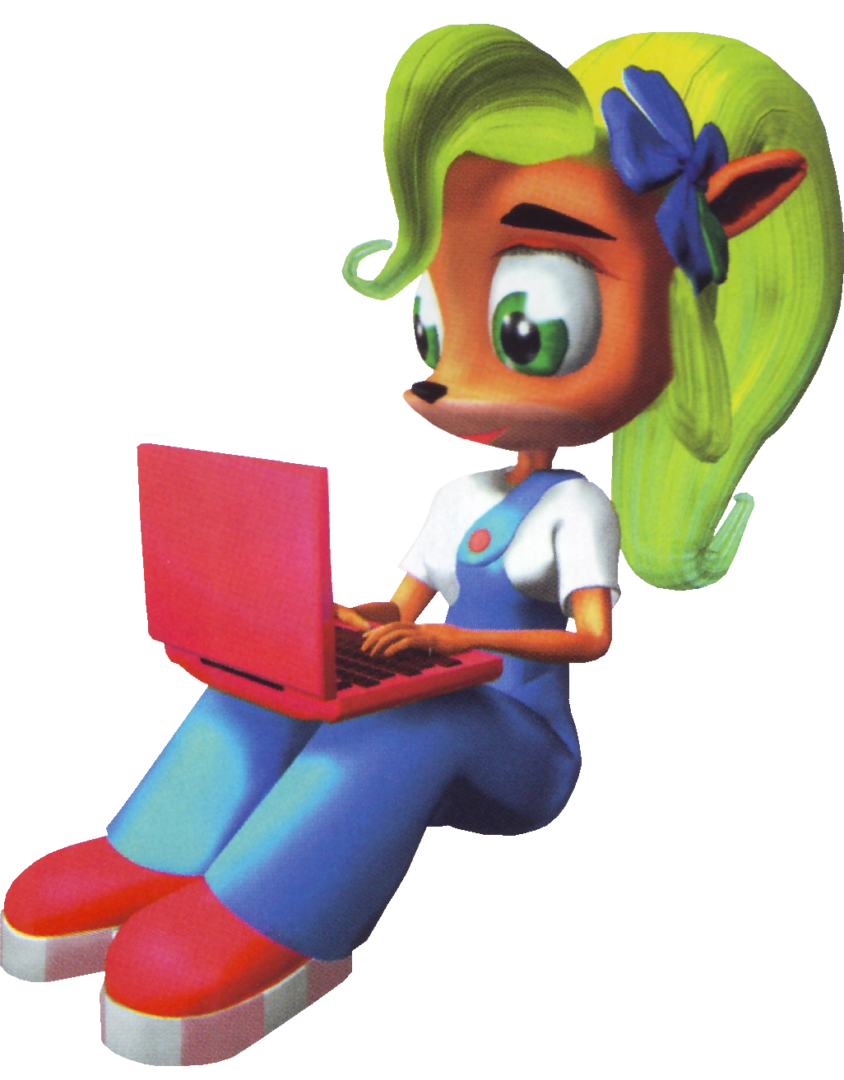
Credit: Naughty Dog
So troubling, in fact, that Pearson opted not to return for the sequels, but Zembillas did give Naughty Dog another crack for both Crash Bandicoot 2: Cortex Strikes Back and Crash Bandicoot 3: Warped. It’s obvious the character designs he created entirely on his own—Coco Bandicoot, Dingodile, N. Tropy, and N. Gin are the four he rattles off in quick succession—mean more to him, too. “It was a lot more fun,” Zembillas says, “I didn’t really feel like I was creatively contributing [on Crash Bandicoot] as much as I would have liked to because I was just following what was being established with Joe. But on the second game, I had complete freedom. I could just throw stuff out there like, ‘Let’s do a time-traveler guy.’”
After the success of Crash, it was natural that when Insomniac Games president and founder Ted Price was looking for a character designer in 1997, he turned to Zembillas. No longer just some artist willing to do video games, he became a man in demand. Spyro The Dragon—then codenamed Project Pete—was in its infancy when Zembillas came on board. “Neither Naughty Dog nor Insomniac had the in-house mechanism for developing marquee characters,” Zembillas explains. “When you’re developing a marquee character who’s going to be the face of your brand, there’s a science to it.”
There was one person at Insomniac who didn’t quite vibe with that. Zembillas doesn’t offer a specific name, just that “he seemed to have a little bit of an attitude with me. I think he didn’t like that they were bringing someone in from outside of the company when he wanted to do it. But there was just no way. He wasn’t even close.”
Once Zembillas was at the wheel, he says, Spyro was born very quickly. “You draw everything that comes to mind and you just throw it out there.” He recounts how Spyro—still called Pete back then—initially had some much bigger and wackier designs before his suggestion (“Let’s try something cute”) turned out to be the winner.
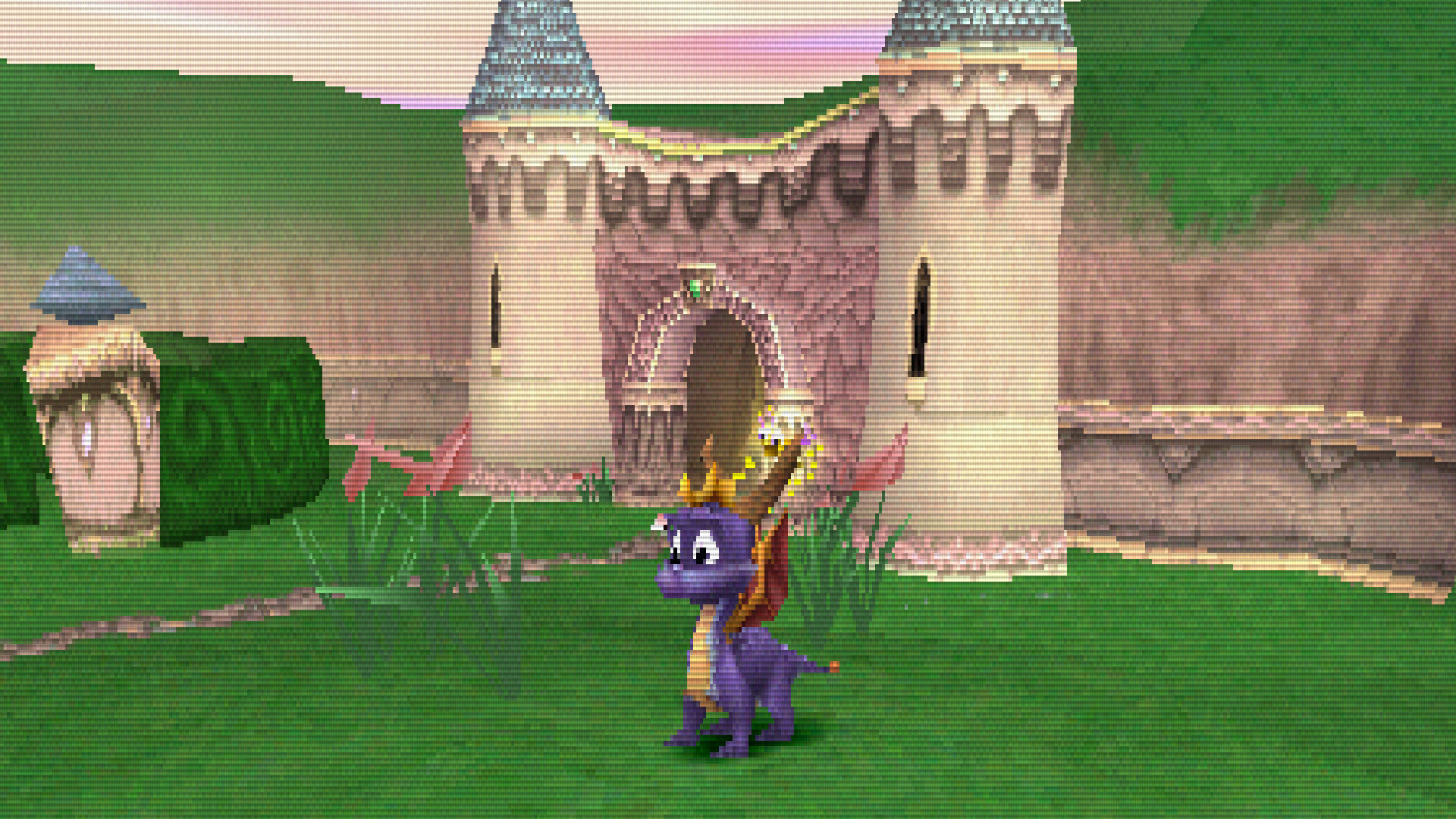
Credit: Insomniac Games, Universal Interactive
“I was very foolish,” Zembillas laughs. “They were paying me by the day, and it only took me a day and a half.” There’s a real glint when he discusses Spyro, describing the dragon as “so pure.” Charles Zembillas is a man who thrives on details; his every design choice, every step and misstep in the industry described in drawn-out depth. With Spyro, though, that’s all he says. That’s all he needs to say.
There are traces of Zembillas’ self-proclaimed “firebrand” personality when he talks about Crash, but they fade into a zen-like nostalgia when Spyro’s in the spotlight. When he arrives at Jak & Daxter: The Precursor Legacy, though, the simmering anger returns—and boils over.
Recounting his return to Naughty Dog, Zembillas describes the respect he was initially afforded by the developers. The studio gave him a huge conference room, and while they already had some initial designs for Jak and Daxter, Zembillas says they kept him in isolation: “We don’t want you to look at anything.” They wanted his vision, unclouded by outside thoughts. They wanted something pure.
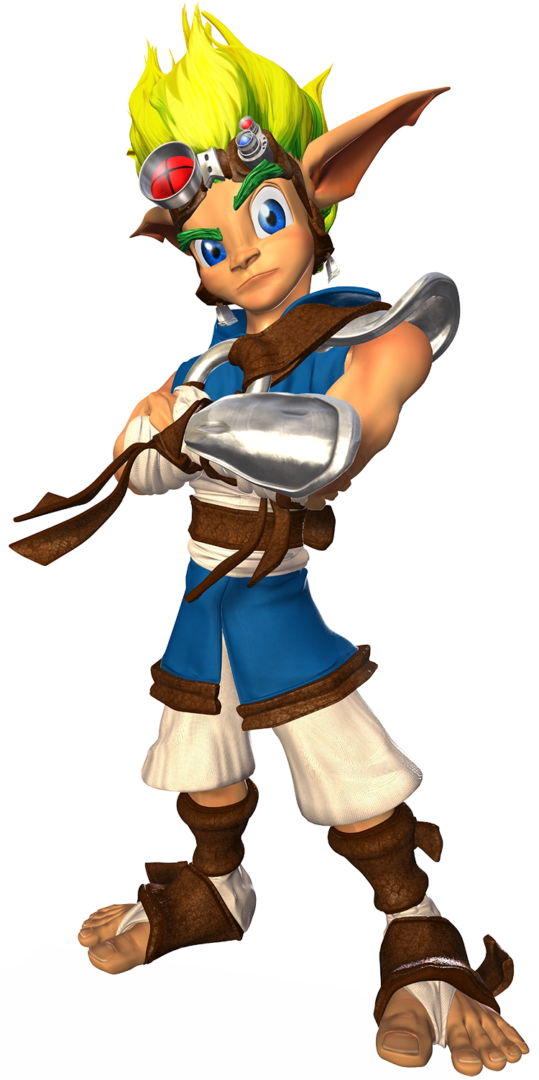
Credit: Naughty Dog
Jak was not to be another Spyro, however. In part because of the extra detail afforded by the PlayStation 2, Jak and Daxter had a much longer design process. For all he’s clearly soured on Jak and Daxter, his love for the craft is clear as he disappears on a passion-fueled rant about polygons and girth. “The big thing at the beginning was that I was still designing as if this was going to be Crash. So that means fairly simple graphics, and although there was dimensionality, there wasn’t thickness and girth. Eventually the guys explained to me that on the PlayStation 1, you had a 500-polygon limit per character. But PlayStation 2, you had a 10,000-polygon limit per character, so you can have 20 times the amount of detail. Hair and belts and armor had thickness, so it almost became like I was sculpting characters.”
Zembillas thinks he was “the first artist in America to start designing this way,” accounting for the extra level of details, dimensions, and directionality. It took around a year—or around “650 concepts” in artist terms—to get to Jak. When Daxter won Best Original Character at the Game Developers Choice Awards, Zembillas’ credit—that objectionable billing of “Additional Character Design”—meant he wasn’t recognized in the nomination. Naughty Dog didn’t mention him in the acceptance speech, either.
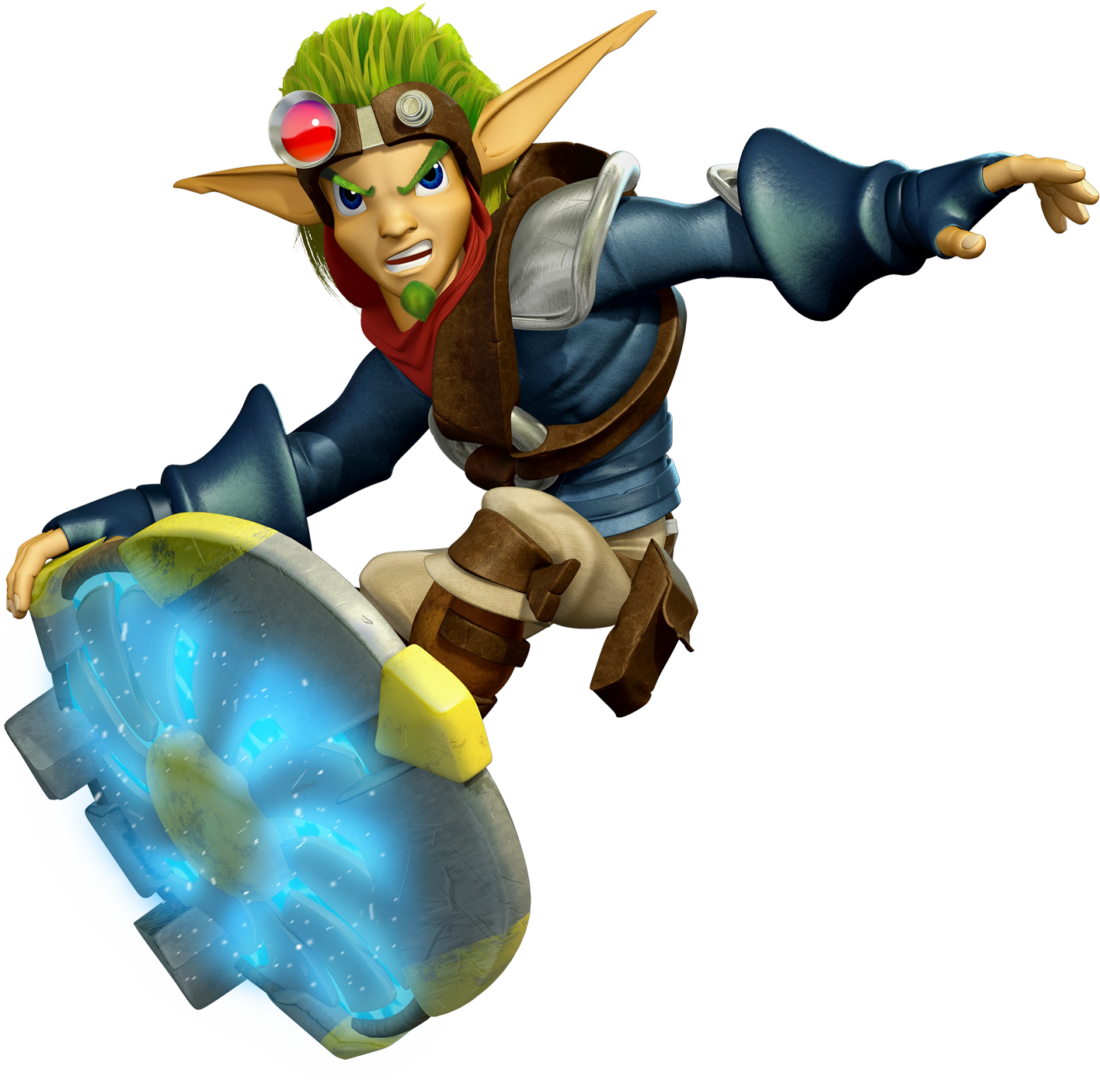
Credit: Naughty Dog
“It was impossible for me to have used someone else’s ideas. First of all, I didn’t even look at them, and secondly, I must’ve done 80 versions of that character! Daxter was completely mine,” Zembillas stresses. Thus that “very angry email” warning them to cross the street.
There is one part of Jak that Zembillas wants to distance himself from: the “stupid Dragon Ball Z haircut,” which he blasts as “derivative.” He says the tweaks to the character’s design for Jak II, like the floppier hair, were taking Jak “back to where he was when I left him.”
It’s worth noting that Zembillas makes a lot of bold claims about his time in the gaming industry. Some Naughty Dog employees have previously disputed his perspective, specifically regarding the creation of Crash. EGM reached out to Naughty Dog co-founders Andy Gavin and Jason Rubin for comment on some of the statements Zembillas made during our interview. Rubin directed us to a series of blog posts on the creation of the original Crash Bandicoot but declined to respond to questions about Zembillas’ work on later Naughty Dog games, which aren’t detailed in the posts. Gavin did not respond at all.
For all the anger Zembillas voices, he never gets personal, and constantly drops little kernels of praise, respect, and admiration for the people he’s worked with directly. With the executives, though, it’s a different story.
“We’re paid to make their dumb ideas look good. These video game companies made a big mistake, not keeping guys like me and Joe [Pearson] on,” Zembillas says, eager to add that he’s “not speaking out of vanity here.”
The problem, as he sees it, is with the “pre-sold concept model,” present in television and movies as much as it is in games. The model basically relies on reboots, spin-offs, and other derivative works coming from an already established character. He uses the example of Bugs Bunny, though it’s clearly applicable to both Spyro and Crash as well.
Without him and Pearson and their kind, he believes, there aren’t enough new ideas. “I can come up with new ideas like eating jelly beans, like popping popcorn. I do it all the time,” he says. He sees the fault in the executives—“frickin’ idiots”—who make the decisions. “We get paid to make their bad ideas look good. All they care about is driving around in their sports cars and snowboarding and the image side of the business.”
As for the future of mascots in general, though, Zembillas is rueful of the way their original developers lost touch with what he felt made them great. “The great tragedy of this is that [studios like Insomniac and Naughty Dog] sold their characters and went towards the hyper-realistic stuff. Why? Everything you guys had came from characters,” he says. “You could’ve had an empire, man! Your characters ended up at Activision, but you could’ve been another Activision! You could’ve gone head-to-head with Disney!”
The claim that Naughty Dog might have taken on the House of Mouse (current market cap just under $250 billion) if it kept the rights to Crash is bold, but no one can claim Charles Zembillas is a man who undervalues himself or his work.
Perhaps unexpectedly, given the apoplectic reactions of some in Crash and Spyro fanbases, Zembillas is very calm about the controversial redesigns those characters have undergone. Keeping with the thread of credit where it’s due, his first response is to skip over the characters’ years in the relative wilderness to praise the recent remasters, Crash’s N. Sane Trilogy and Spyro’s Reignited. Though he wasn’t involved with either game, he gushes about how well Toys For Bob has brought his favorite character to life again in the latter remaster. “It’s exactly the way I imagined it,” he says, describing Spyro’s high-definition appearance and new airy running motion.
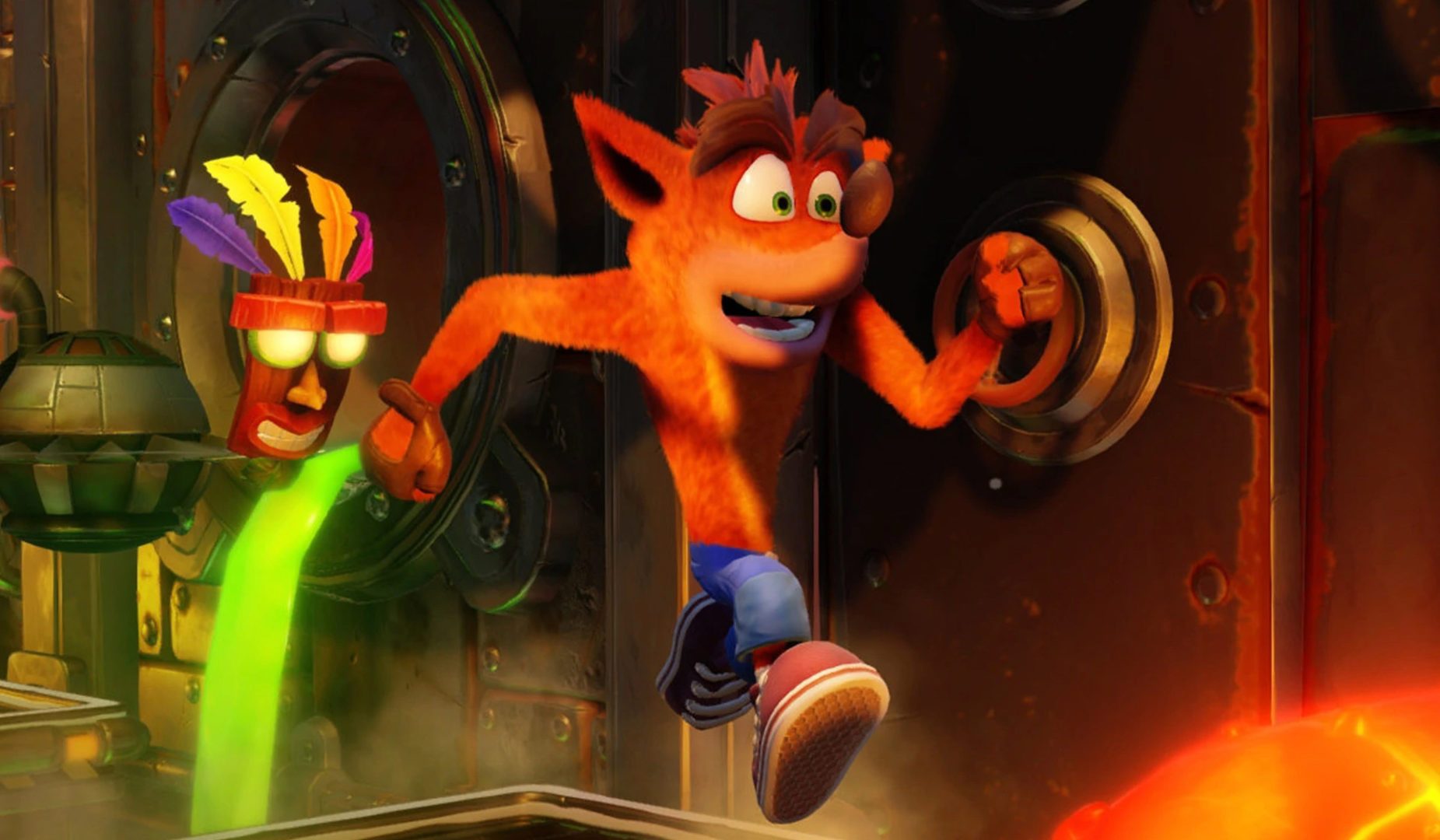
Credit: Activision
When he does get around to the earlier redesigns, his response is measured. “I don’t have an issue with them doing different things,” he says, and it sounds genuine. “Crash lends itself to being interpreted in a whole bunch of different ways. That’s part of the genius of the design.”
He’s less forgiving on Spyro, but only just. It’s clear the Skylanders redesign is nowhere near the direction he would have taken Spyro in, but his criticism is precise and reserved. “The silhouette doesn’t work,” Zembillas explains. “The problem with the Skylanders design of Spyro is that the snout and the forehead line up. It’s too boxy. If I was the art director, I would’ve said, ‘Bring the snout out a little bit,’ to change the angle.”
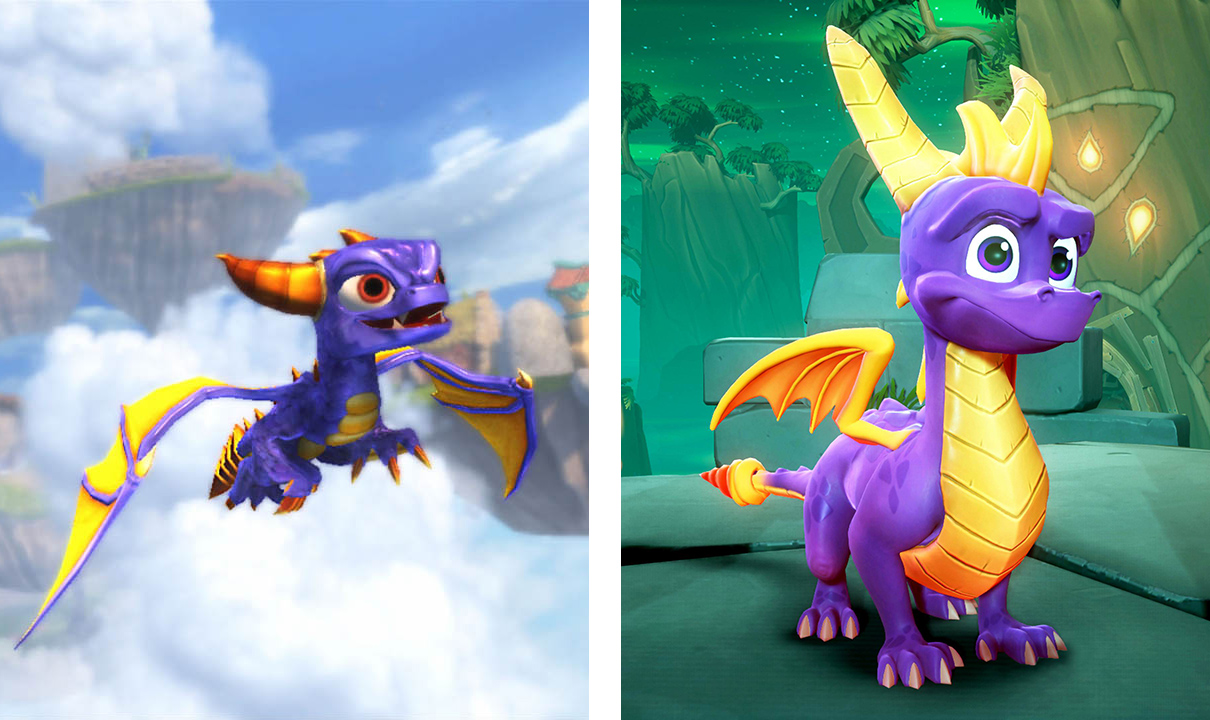
Credit: Activision
He hasn’t worked on a video game in almost 20 years, but he snaps right back into it like he hasn’t been away a day. “It’s all about parallels and redundancies. I’ll explain it to you. If you look at the [original Spyro] profile, you’ll see that the snout comes out from the head, and it makes a distinct silhouette. And if you draw a line vertically from his snout down and vertically from his forehead down, you’ll see that those two lines don’t match. The problem with the Skylanders Spyro—not that it doesn’t have its own merits—is that they match. It doesn’t fit into a triangular shape, which works against you if you want to create an appealing character.” Even after so long away, he doesn’t appear to have lost the spark.
Crash and Spyro were seminal video game characters for anyone who started playing in the mid to late ’90s. While he didn’t have anything to do with the gameplay, and while his specific contributions may be the source of some controversy, there’s no question that Charles Zembillas played a vital part in making these characters so memorable. You might not have heard of him by name, but you probably owe him some thanks. Don’t worry, though. You’re not the only one.
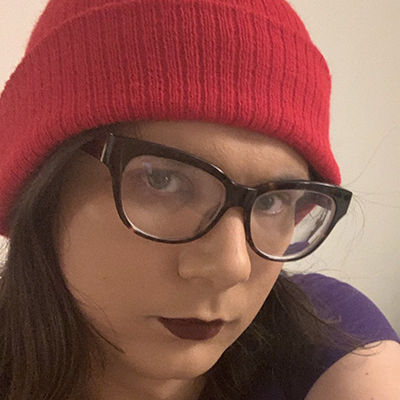
Stacey Henley can often be found wandering new lands, exploring vast terrains and journeying to the edge of the Earth, but only in video games. In real life, she normally stays home. Previously published in TechRadar, VG24/7, Fandom, Polygon, Fanbyte and more, you can find her on Twitter @FiveTacey.